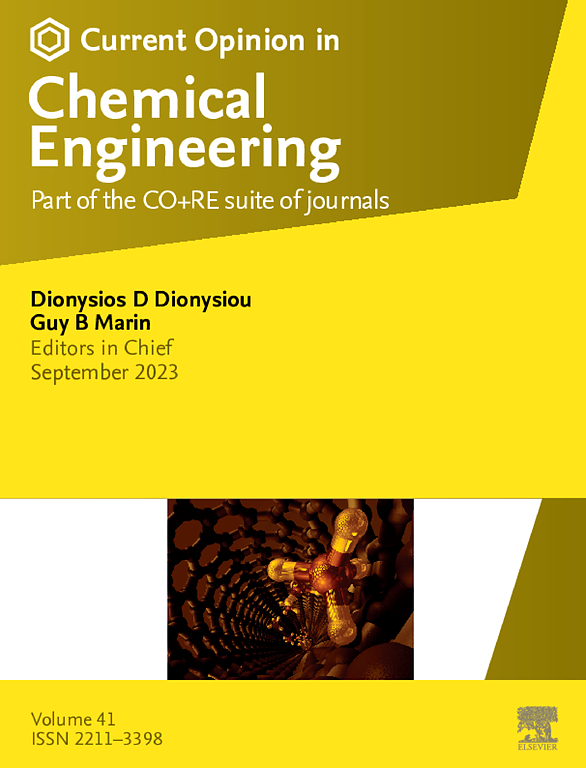减少溶剂和化学品使用的膜制造使用电喷雾
IF 6.8
2区 工程技术
Q1 BIOTECHNOLOGY & APPLIED MICROBIOLOGY
引用次数: 0
摘要
电喷雾(ES)是近年来出现的一种合成和大规模生产膜的新技术。虽然这种方法可以用多种材料制造膜,但它只需要很少的溶剂和聚合物材料。这项研究强调了ES在减少溶剂和化学品消耗方面比传统溶液处理方法(在实验室规模上)的优势。与传统工艺相比,ES实验室规模制造的液体和气体分离膜在每个区域的溶剂和聚合物材料使用量减少了50%到90%以上。本文章由计算机程序翻译,如有差异,请以英文原文为准。
Reduction in solvent and chemical use for membrane manufacturing using electrospray
Electrospray (ES) has recently emerged as a new technique for synthesizing and potentially manufacturing membranes at scale. While touted for its ability to make membranes from a variety of materials, the process also requires little solvent and polymer material. This study highlights the advantages of ES over conventional solution processing methods (at the lab scale) in reducing solvent and chemical consumption. When compared to conventional processes, ES laboratory scale fabrication of liquid and gas separations membranes yielded reductions in solvent and polymer material use on a per-area basis by anywhere from 50 to more than 90%.
求助全文
通过发布文献求助,成功后即可免费获取论文全文。
去求助
来源期刊

Current Opinion in Chemical Engineering
BIOTECHNOLOGY & APPLIED MICROBIOLOGYENGINE-ENGINEERING, CHEMICAL
CiteScore
12.80
自引率
3.00%
发文量
114
期刊介绍:
Current Opinion in Chemical Engineering is devoted to bringing forth short and focused review articles written by experts on current advances in different areas of chemical engineering. Only invited review articles will be published.
The goals of each review article in Current Opinion in Chemical Engineering are:
1. To acquaint the reader/researcher with the most important recent papers in the given topic.
2. To provide the reader with the views/opinions of the expert in each topic.
The reviews are short (about 2500 words or 5-10 printed pages with figures) and serve as an invaluable source of information for researchers, teachers, professionals and students. The reviews also aim to stimulate exchange of ideas among experts.
Themed sections:
Each review will focus on particular aspects of one of the following themed sections of chemical engineering:
1. Nanotechnology
2. Energy and environmental engineering
3. Biotechnology and bioprocess engineering
4. Biological engineering (covering tissue engineering, regenerative medicine, drug delivery)
5. Separation engineering (covering membrane technologies, adsorbents, desalination, distillation etc.)
6. Materials engineering (covering biomaterials, inorganic especially ceramic materials, nanostructured materials).
7. Process systems engineering
8. Reaction engineering and catalysis.
 求助内容:
求助内容: 应助结果提醒方式:
应助结果提醒方式:


